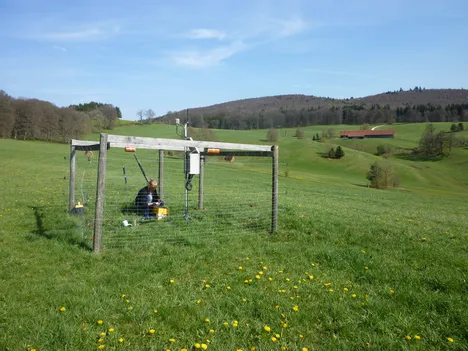MacroBEEs: How does land use affect bee-plant interactions and their mutualistic outcomes?

Interactions between bees and flowering plants form a ‘famous’ and evolutionary ‘old’ mutualism, which can largely determine the reproductive fitness of both bees and plants. The structure, stability and fitness outcomes of this mutualism largely depend on the diversity and composition of the interacting community which can be severely altered by land-use. In fact, partner and interaction diversity typically decrease with increasing land-use intensity. Interestingly, few studies have experimentally addressed the effect of land-use change and thus community alterations on the relationship between interaction network dynamics and mutualistic outcomes of interaction partners. MacroBEEs aims at filling this knowledge gap by building upon existing knowledge on correlative effects between land-use intensity and bee-plant interactions. We use the Biodiversity Exploratories framework to gain a better mechanistic understanding of this mutualistic relationship by differentiating between effects of land-use components and landscape context on the reproductive success and thus mutualistic outcome of both partners. In order to do so, we combine field observations, DNA metabarcoding of pollen from bees and plant stigmas, chemical analyses of pollen and dietary experiments with focal bee species in the lab.
Responsible team members: Susanne Werle, Alejandra Parreno
In collaboration with: Alex Keller